Estimated reading time 8 minutes, 46 seconds.
June 6 will mark the 75th anniversary of the launch of Operation Overlord — more commonly known as D-Day — when close to 150,000 Canadian, British and American troops invaded five beaches along the coast of Normandy in France.

Considered by some historians to be the beginning of the end of the Second World War, the operation was a success. Indeed, by dawn on June 6, thousands of paratroopers and glider troops had already landed behind enemy lines to secure bridges and exit roads in advance of the main invasion.
Many of those air drops were performed by the reliable Douglas C-47 Dakota, the military version of the popular DC-3 airliner, which first flew with American Airlines in 1936. Of the 10,629 civilian and military aircraft built, many are still in service today.
At 11:16 p.m. local time on the night of June 5, Dakota FZ692 — which had been delivered to 233 Squadron of the Royal Air Force (RAF) in February of 1944 through the U.S. Lend-Lease program — took off from RAF Blakehill Farm in Wiltshire, England, flying a multi-leg journey with the ultimate goal of landing paratroopers in Touffreville, France. The captain that evening was a Canadian, Warrant Officer J.S.R. McRae of Agassiz, B.C. His was one of 30 aircraft from 233 Squadron that flew the mission that night.
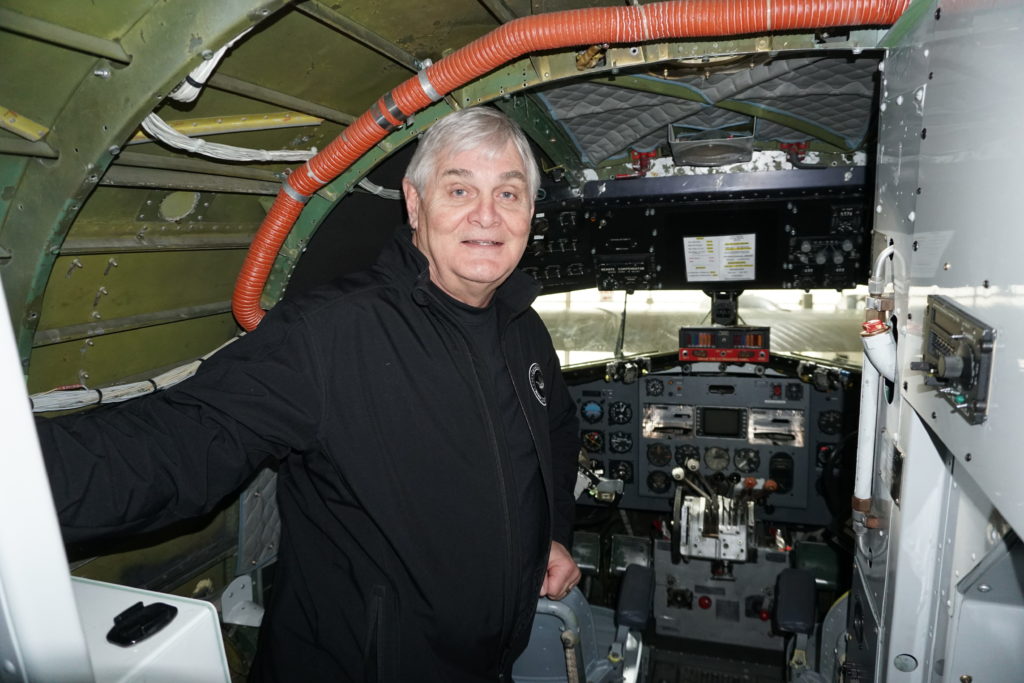
FZ692 ultimately flew 16 sorties in its short stint with 233 Squadron before it was transferred to 437 Squadron of the Royal Canadian Air Force (RCAF) in September 1944, where it flew 208 operational trips to the end of the Second World War. Between the RAF and the RCAF, it was a workhorse that carried 298 casualties to medical aid, repatriated 456 prisoners of war, carried 5,100 passengers around Europe and moved more than 200 tonnes of freight.
Post-war, it was renumbered 12945 and served as a search and rescue aircraft with 424 Squadron in Trenton, Ont. At the 1970 CNE Airshow on the Toronto waterfront, the aircraft performed a jet-assisted takeoff (JATO) ignition in flight.
In 1973, the aircraft was retired from the Canadian Armed Forces and began a new life with Environment Canada, performing remote northern mineral and environmental surveys. At this point, the Dakota’s belly was modified to include a series of windows to permit survey work.
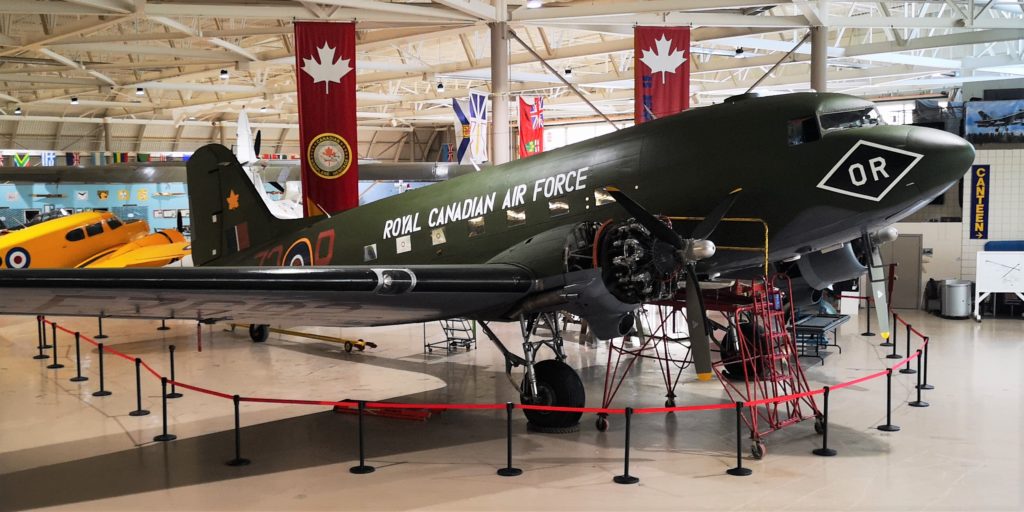
Exciting acquisition
In 2014, the government donated the aircraft to the Canadian Warplane Heritage Museum (CWHM) based at Hamilton International Airport in Mount Hope, Ont.
“The airplane had been based in Ottawa,” explained museum CEO Dave Rohrer. “We were aware of the airplane and we were hoping it would be possible to acquire it. But it had to be vetted through government services first. One of the things in our favour is we had committed to repatriate her to the 1944 livery and keep the aircraft flying.”
The acquisition was especially exciting for the CWHM because the Dakota is the only real combat veteran in the museum’s fleet. (Several of the facility’s aircraft served as wartime trainers or were manufactured at the tail end of various conflicts without seeing combat.)
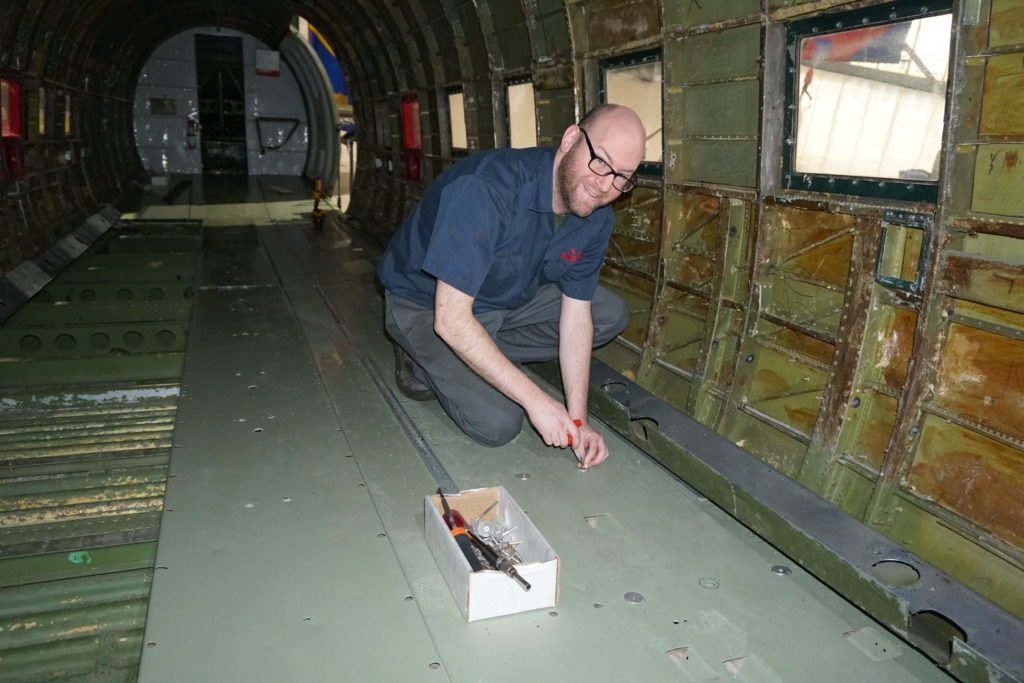
But restoring the Dakota to its wartime configuration turned out to involve a bit more work than originally expected. Luckily, the museum is familiar with the type, since it operates another Dakota that flies in the “Canucks Unlimited” livery used by RCAF 435 and 436 Squadrons in Burma during 1944 and 1945.
“As we went through the project, we realized the aircraft had been heavily modified for remote sensing,” said Rohrer. “We had to modify and overhaul both engines, and then we had to paint it. But every time we got a quote to paint it, it was over $200,000.”
It was a steep price tag for a museum that runs a very tight budget. Then, in November 2018, KF Aerospace’s Hamilton facility approached Rohrer to say it expected a quiet period over the holidays. Could they help the museum with anything?
Rohrer was only too happy to suggest a new paint job for the C-47 Dakota.
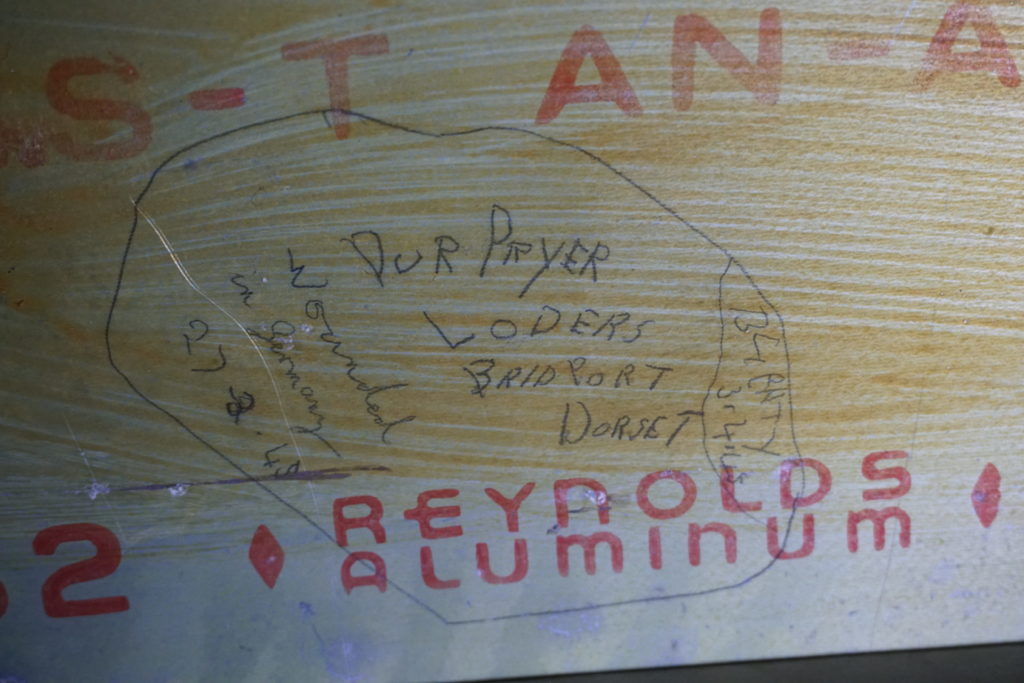
“Now, we have a freshly painted aircraft. We have just finished up the decals, we have two fresh engines, and we are finishing the seating configuration for 17 passengers. As soon as the weather breaks, we will be able to fly.”
The CWHM is planning to sell 20-minute rides in the D-Day ship at a cost of about $80 each, plus a $125 museum membership. Rohrer said he expects the flights to be in high demand.
“We haven’t started taking bookings for it yet, but everyone wants to fly in a D-Day bird. It’s a great asset to us because it is a transport airplane. And avionics-wise, it’s very well equipped, and even totally IFR certified.”
The Dakota will be formally dedicated on July 6, which is Air Force Day at the museum. A month before that, it will take to the skies to mark the 75th anniversary of D-Day; and later in the summer, it will appear at Brantford’s Community Charity Airshow.
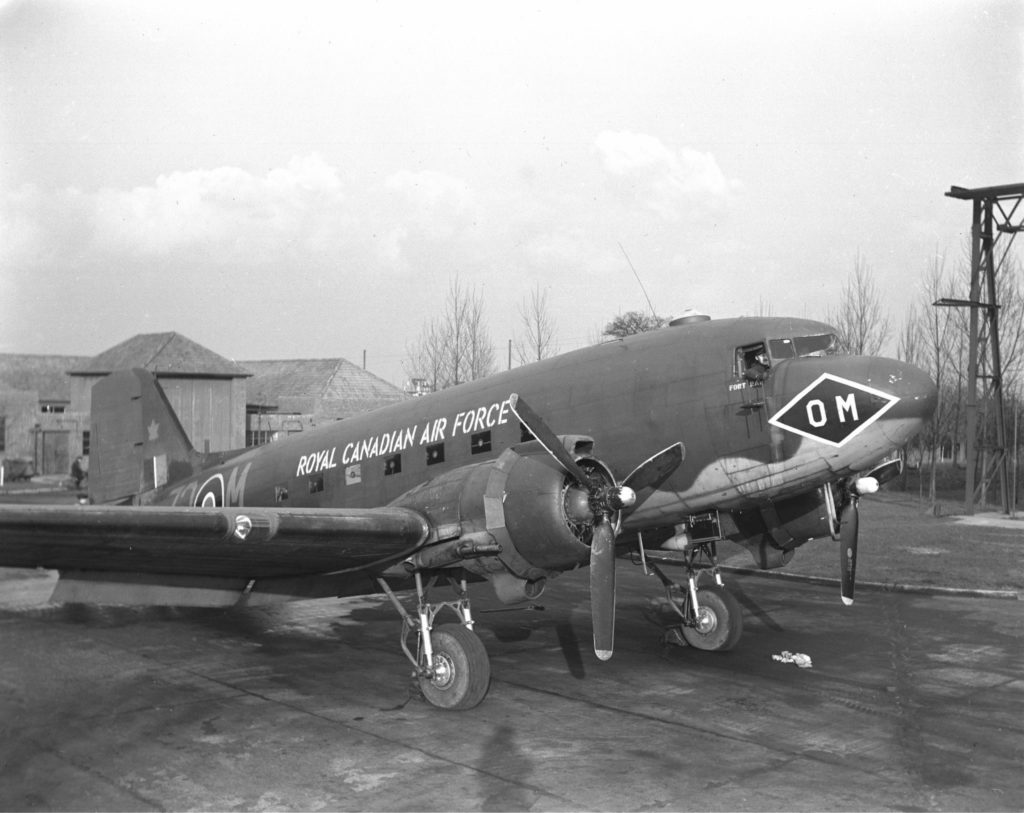
Plans are still coming together, but Rohrer is excited about what he said could be the museum’s busiest flying season in years. Various restored aircraft will be joining (or returning to) the flight line, including the Grumman TBM Avenger, Fairey Firefly, North American Harvard and de Havilland Tiger Moth–not to mention the Dakota itself and, of course, the museum’s flagship Avro Lancaster bomber.
In addition, the Canadair CF-104 Starfighter that was previously displayed on a plinth outside the museum’s entrance has been restored and is set to take its proud place once again.
Rohrer said the museum will finish its winter maintenance schedule by April 10, and plans are to wrap up recurrent pilot training by mid-month so the Dakota can get into the air. The ride program is expected to begin in May.
The museum also has big plans to celebrate the 75th anniversary of D-Day, including a formal 1,000-person gala on June 1 that will include entertainment by the legendary Glenn Miller Orchestra. Tickets are available on the museum website at www.warplane.com.









My interest in the airplane is significant since I have 2402.9 hours in the front office as Captain; 50 or so at 50′, a few hundred at 150′ and several hundred at 1000′-1500″ flying the most accurate ILS you ever saw where off track tolerances were less than 25′ and bank could not be used for heading correction. I knew her every idiosyncrazy, when ever she was getting sick, when she was sick, how to fix her and when not to ask too much of her. RSB and I spent 36 years together doing all kinds of remote sensing work and sensor development that took us to the Arctic, the California coast every where in Canada, many places on the US east coast and many hours with strange looking protuberances in her skin. The wildest one was what I call the submarine conning tower; a spinny collection of tubes and veins integrated into a platform that looked exactly like a submarine conning tower, all leading into the interior conglomerate of electronic examiners of spectrometers of all kinds to exam the air particles collected for pollutants, unusual concentrations of gases and unusual gases, partical matter and other flora and fauna that didn’t belong there. The same studied aircraft ice accretion and rain drop physics and properties; in fact RSB would not have been around had she and I not had a sensitive understanding of each other on a particular T/O out of Shearwater NS one late day in a snow storm with the conning tower on top. We had been de-iced and anti-iced for the flight but on T\O at 80kt on my attempt to rotate, she told me she couldn’t fly. I said OK, aborted, and when we could see what was wrong we had 3-4 inches of wet snow covering the whole left wing. Any pilot reading this knows WHAT THAT MEANS. The details don’t matter, the relationship does. She’s puked her oil, blown a cylinder shed a con rod, been hit by lightening, ground looped by me to avoid runway exit into a gulley, and been thrashed around by thunderstorms, hail and sever turbulence and never failed me.and came through it all. The Burma Hump and many other accomplishments were amazing but so were her sojourns into the field of remote sensing with CCRS(Canada Centre for Remote Sensing) and Environment Canada ESTD ( Emergency Science and Tech Div.) in which she served for 16 years, the last years of her life before the museum, married to me. It was a very happy relationship and still is.